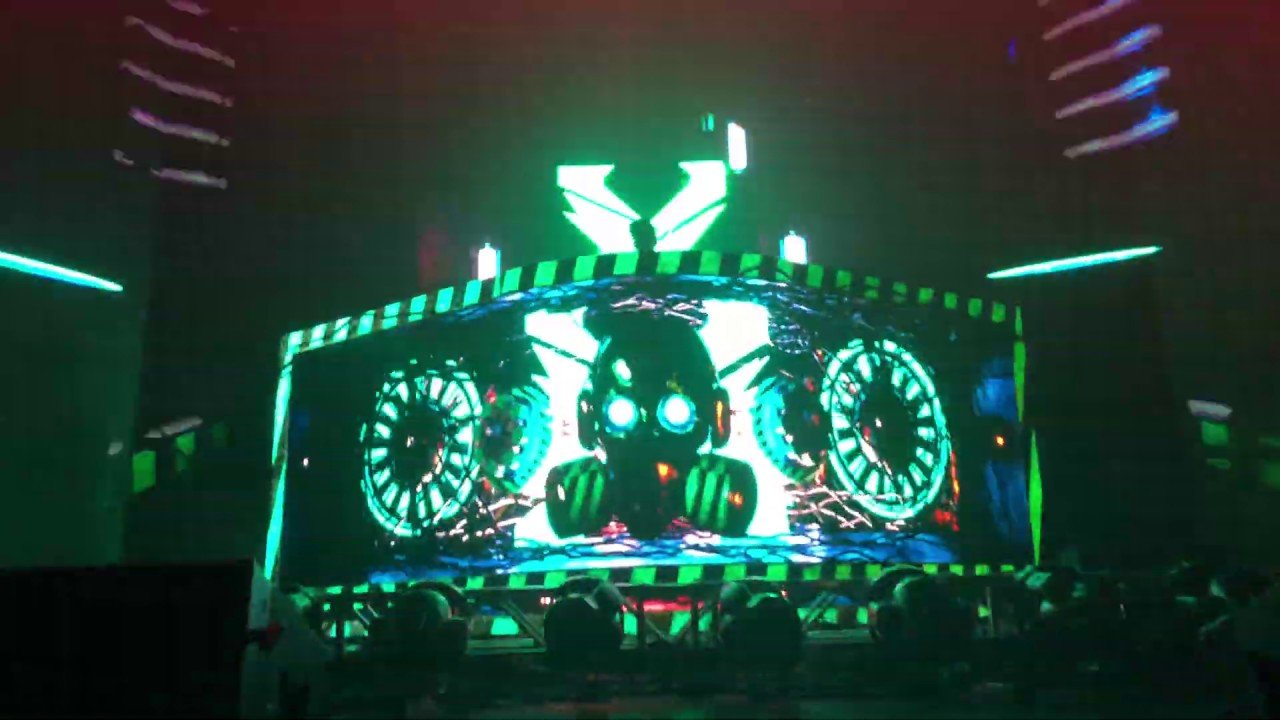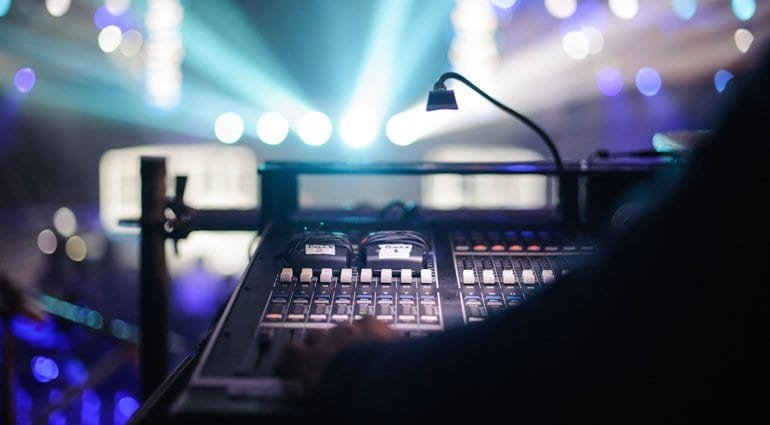Preparing Your Tracks for Live Sets: A Comprehensive Guide
Performing live is an exhilarating experience for any music producer. Whether you're playing at a club, festival, or intimate venue, a well-prepared live set can captivate your audience and showcase your talent. However, preparing your tracks for live performance requires careful planning and adaptation. In this guide, we’ll walk you through the steps to get your tracks ready for live sets.
1. Plan Your Setlist
The first step in preparing for a live performance is to plan your setlist. Your setlist should have a flow that keeps the audience engaged and showcases your best work.
Know Your Audience: Consider the venue and the audience. Are you playing at a dance club, a chill lounge, or a music festival? Tailor your setlist to match the vibe and energy of the event.
Structure Your Set: Organize your tracks to create a dynamic flow. Start with a strong opener to grab attention, build up the energy with high-energy tracks, and include some breaks or downtempo tracks to give the audience a breather. End with a powerful closer to leave a lasting impression.
Duration: Ensure your setlist fits within the allotted time. Plan for a slightly shorter set to account for possible delays or technical issues.
2. Prepare Your Tracks
Preparing your tracks for a live set involves making adjustments to ensure they translate well in a live setting.
Edit and Shorten: Live sets often benefit from shorter, more concise versions of your tracks. Edit your tracks to remove any long intros, outros, or unnecessary sections. Keep the energy high and the transitions smooth.
Create Edits and Mashups: Prepare exclusive live edits or mashups to make your set unique. Combining elements from different tracks can surprise and excite your audience.
Organize Stems: If you’re using a live performance setup with software like Ableton Live, consider breaking your tracks into stems (e.g., drums, bass, melody, vocals). This allows you to manipulate individual elements in real-time, adding flexibility to your performance.
3. Set Up Your Equipment
Your live setup will depend on your performance style and the gear you use. Here are some common setups:
Laptop and Controller: A popular setup involves using a laptop with software like Ableton Live, Traktor, or Serato, paired with a MIDI controller for triggering clips, effects, and transitions.
DJ Setup: If you’re DJing, you’ll likely use CDJs, turntables, or a DJ controller. Ensure your tracks are properly analyzed and prepped in your DJ software (e.g., Rekordbox, Serato DJ).
Hybrid Setup: Some performers use a combination of live instruments, drum machines, and hardware synthesizers alongside their laptop. Ensure all gear is properly connected, synced, and tested.
4. Optimize Your Tracks for Performance
Optimizing your tracks for live performance can help ensure they sound great and are easy to manipulate during your set.
Warp and Tempo Match: Ensure all your tracks are warped and tempo-matched in your performance software. This makes beatmatching and transitioning between tracks seamless.
Cue Points and Loops: Set up cue points and loops in your tracks for quick access to key sections. This allows you to jump to specific parts of a track or loop a section on the fly.
Volume Levels: Balance the volume levels of your tracks to avoid drastic changes in loudness during your set. Use a consistent gain structure to maintain a smooth listening experience.
5. Practice Your Set
Rehearsing your set is crucial for a smooth and confident performance.
Run Through Your Setlist: Practice your entire setlist multiple times. Familiarize yourself with the transitions and ensure everything flows smoothly.
Experiment with Transitions: Try different transition techniques, such as beatmatching, EQ blending, and effects, to find what works best for your tracks.
Prepare for the Unexpected: Be ready to adapt if something goes wrong. Have backup tracks and be comfortable with improvising if needed.
6. Enhance Your Performance
Adding visual and interactive elements can elevate your live set and create a memorable experience for your audience.
Visuals: Consider incorporating visual elements like LED screens, projection mapping, or light shows. Syncing visuals with your music can create a powerful and immersive experience.
Live Elements: If possible, include live elements such as vocals, live instruments, or guest performers. This adds a dynamic and engaging aspect to your performance.
Audience Interaction: Engage with your audience by talking to them, encouraging participation, or even taking live requests. Building a connection with the crowd enhances the overall experience.
7. Prepare for Technical Challenges
Technical issues can arise during any live performance. Being prepared can help you handle these challenges smoothly.
Backup Equipment: Bring backup cables, USB drives, and other essential gear. If possible, have a backup laptop or DJ controller on hand.
Soundcheck: Arrive early for soundcheck to ensure everything is working correctly and to familiarize yourself with the venue’s sound system.
Emergency Plan: Have an emergency plan for technical difficulties. Know how to quickly switch to a backup track or device if something goes wrong.
8. Stay Relaxed and Enjoy
Finally, remember to stay relaxed and enjoy the experience. A live performance is not just about perfect execution but also about connecting with your audience and having fun.
Stay Calm: Nerves are natural, but try to stay calm and focused. Deep breaths and positive visualization can help.
Be Present: Engage with your audience and enjoy the moment. Your energy and enthusiasm will be contagious and make the performance more enjoyable for everyone.
Reflect and Improve: After your performance, reflect on what went well and what could be improved. Use this feedback to refine your future live sets.
Conclusion
Preparing your tracks for live sets involves careful planning, practice, and attention to detail. By planning your setlist, optimizing your tracks, setting up your equipment, and rehearsing thoroughly, you can ensure a smooth and engaging live performance. Embrace the opportunity to connect with your audience, showcase your creativity, and enjoy the thrill of performing live. With preparation and passion, your live sets can become unforgettable experiences for both you and your listeners.





